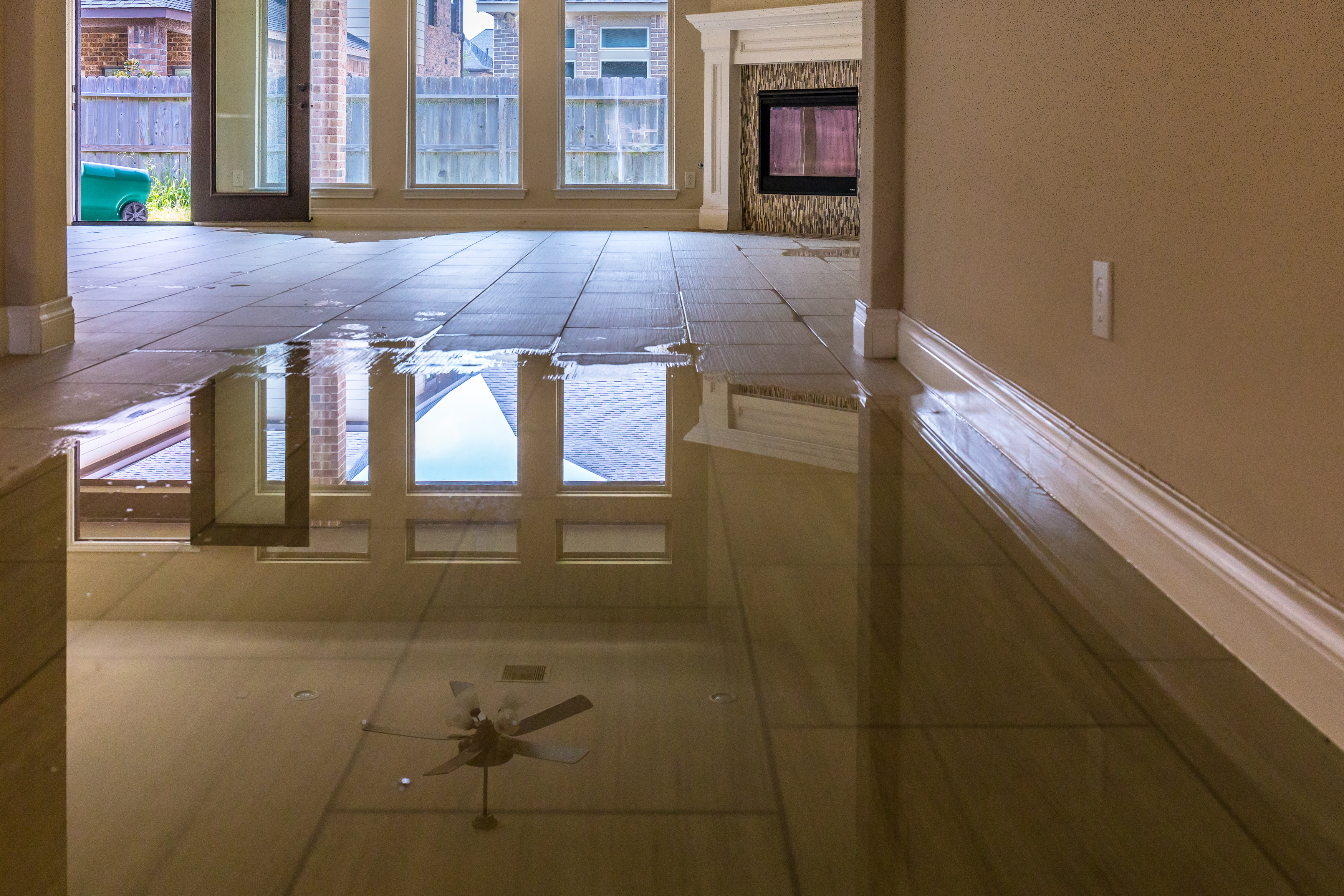Presented here below yow will discover additional exceptional insight related to How to Repair and Prevent Bathroom Water Damage.

The washroom is exceptionally susceptible for moist accumulation as well as prospective water damages because of the constant use water in it. This write-up supplies simple examination techniques to help finding water damages threats.
The frequent use of water in the restroom makes it very prone for wet buildup and potential water damage. By examining it consistently, you can reduce water associated problems.
The adhering to collection of inspections is easy to carry out and also need to be done once in every three months in order to keep your shower room healthy as well as to stop potential water damages triggered by the bath tub, the shower, pipe joints and plumbing, sinks, cupboards, and also the commode
Do not neglect carrying out these assessments as well as be detailed while performing them. Remember that these simple evaluations can conserve you a great deal of money by supplying very early indications for water damage
Sinks and also Cabinets
Sinks and also cabinets are subjected to dampness and moisture daily as well as are often ignored. Check on a regular basis under the sink and on the counter top over it. Repair any kind of drip in the catch as it may recommend drain issues. Browse the sink, slow draining pipes might indicate a blocked drainpipe. Change sink seals if they are fractured or loose.
Bath tub and Shower
The shower as well as bathtub need unique attention and also upkeep. Check the ceramic tiles and replace if fractured. Ensure that there is no missing out on cement between the floor tiles. Inspect as well as replace split caulking at joints where the wall surfaces satisfy the flooring or the bathtub. Blocked drains pipes and also pipes issues will certainly avoid the tub from drying out and may show serious issues under the tub. Seek advice from an expert promptly to stop structural damages. Pay attention to discolorations or soft locations around the bathtub walls as they might indicate an internal leak.
Plumbing
Signs for water damages are hard to discover given that many pipelines are mounted inside the walls.
Pay special focus to floor covering and wall surfaces dampness and spots as they might show an invisible plumbing problem. Inspect dampness degrees in adjoining spaces also.
The Commode
The toilet is a susceptible water joint. Examine the water lines and also search for leaks around the bathroom seat, in the pipe, and also under the water tank. If you spot any type of indications of dampness on the flooring around the toilet, check for leaks in the toilet rim as well as storage tank seals.
Realize that hanging commode bowl deodorants enhances the possibilities for blockages.
Water Damage Signs In The Bathroom To Avoid Cleanup
Musty smell
This is one of the easiest signs to catch because musty smells are so odorous. The damp, earthy, moldy smell should be a big red flag. The smell will develop when moisture gets trapped in surfaces, and begins to facilitate mold growth. Leaking pipes under cabinets, inside walls, and behind shower fixtures will cause moisture to stay trapped and not dry, which will lead to mold growth and spread. As soon as you notice any musty smells in your bathroom, have it checked for hidden water damage and cleanup signs.
Visible mold
If the smell isn’t there to give it away, sometimes you will actually see mold growth. Finding mold in your bathroom is a serious problem, because mold is very harmful to your health. By the time mold growth is visible, it also means that water damage has already occurred and been present for some time. The only way the mold problem can be resolved is to find the source of the moisture and get it stopped. To safely and adequately remove mold, you need to have professionals handle the remediation. Do not waste any time in getting mold problems addressed, fixed, and sanitized so that you can protect you and your family from the many respiratory symptoms caused by mold exposure.
Damaged floors
Bathroom floors should be able to withstand some exposure to water while still remaining in good condition. However, when excess exposure or water leaks occur, they will begin to damage even the most water-resistant flooring. If you notice any cracking, bubbling, staining, or warping on your bathroom floors, there is probably a water leak somewhere causing the distortion. If you notice areas of the floor have become softer, or even have a spongy feeling, there is probably damage to the subfloor. Subflooring is typically made up of plywood. When plywood is exposed to water or moisture, it will absorb it. Once it has become saturated, the weight of the excess water will cause the wood to swell and soften. Check the floors in your bathroom frequently to catch any of these sings before they lead to damaged subflooring.
Changes on walls
When water leaks behind walls, it will cause changes in the drywall. Peeling plaster, blistering paint, and soggy wallpaper are all good indicators that excess water is building up behind the wall. Water leaking behind drywall will cause it to swell and be soft to the tough. If you start to notice gaps along the trim of your walls, or where tile meets the wall, it could also be a strong indicator that there is a leak behind the wall. Any changes, distortion, or damage on the walls should be evaluated as soon as you notice it to prevent further water damage and cleanup.

I stumbled upon that blog post about Common Causes of Water Damage in a Bathroom when doing a lookup on the search engines. Sharing is nice. You won't know, you will be helping someone out. I am grateful for your time. Visit us again soon.
Automated Marketing